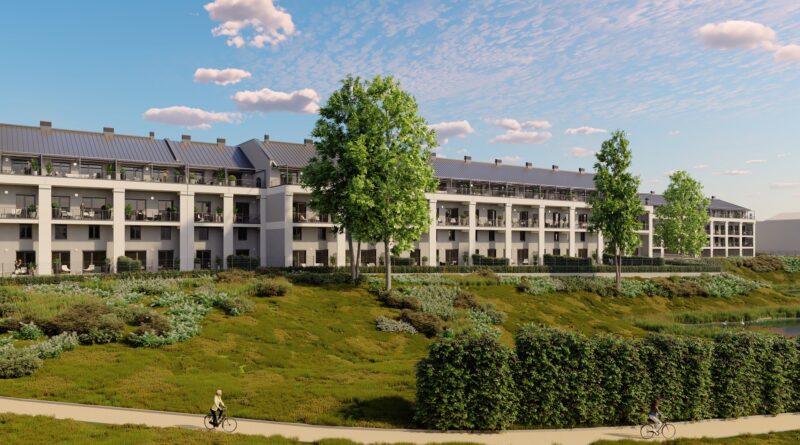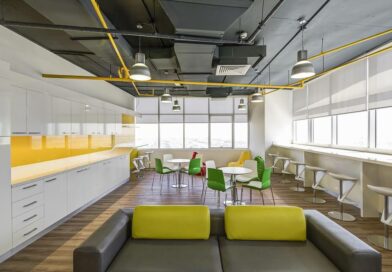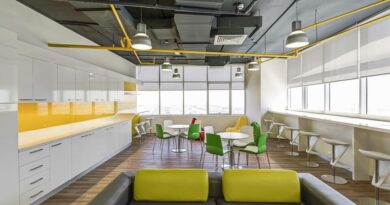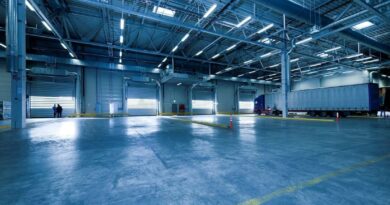Global shopping centre development at ‘all time high’
Global shopping centre development continues apace with growing middle class populations and retailer expansion leading to unprecedented levels of construction and new openings, largely in emerging markets, according to global property advisor CBRE.
CBRE measured the level of shopping centre development in 180 of the world’s major cities to identify the most active markets, both in terms of 2011 completions and space currently under construction[1]. The research found that development activity has reached significant levels, with 29.6 million square metres under construction – equivalent to all the combined existing space in France, United Kingdom (UK) and Germany – while 7.8 million square metres of new space opened in 2011.
Emerging markets such as China, Turkey, and India are far more active than the more mature markets of western Europe and North America. Growing middle class populations have led to an upsurge in new development to meet demand, while the maturity of the retail sector in Western Europe and North America has forced retailers from these markets to cross borders in order to grow their businesses. In 2011, new shopping centres opened in 63 (35%) of the cities covered in the survey, of which 50 were in emerging markets. In contrast, only five cites in western Europe saw the opening of a new centre last year.
Chinese cities currently dominate shopping centre construction activity. In the 180 cities analysed exactly half of all the shopping centre space under construction is in China, with Asia accounting for 70% of all schemes currently being built. Outside of China, the most active markets are Abu Dhabi, Hanoi, Kuala Lumpur (Klang Valley), New Delhi and Sao Paolo – five cities in three regions.
Brazil is leading the development in new shopping centres in Latin America, with new centres also under construction in Mexico, Argentina and Panama. In Africa, only South Africa has a highly developed shopping centre industry. But this is starting to change, with for example, two new centres currently under construction in Morocco, one in Casablanca and one in Rabat.
In Europe, development activity is restricted largely to the emerging markets of Turkey and Russia, with Istanbul and St Petersburg forecast to be the most active in coming years. Moscow, Kiev, Almaty, Nizhny Novogorod, Ankara and Samara also feature in the Top 50 most active global cities. There is also a handful of new centres under construction in mature markets, most notably in Brussels where shopping centres have historically been in short supply due to a restrictive planning regime and in Paris where two new centres will fill some of the few remaining retail gaps in the capital.
Too much retail space is one reason why development activity in Western Europe is low but this ignores the fact that there is still a lack of quality of space in many markets. Modern units of the size, type and in the location that retailers require remain in short supply. This suggests that redevelopment of existing retail space, whether in shopping centres or high street locations will remain the focus of development activity over coming years. Equally, new shopping centre completions are expected to pick up as economic conditions improve -there are still significant opportunities in some locations.
In the US, redevelopment and extensions to existing schemes have dominated new development for many years. But with retailers and shoppers increasingly gravitating towards the biggest and best centres, it is only the top 150 or so centres that are attracting new investment. William Taubman, COO of Taubman Centres recently estimated that 50% of investment spending goes on the just the top 10% of shopping centres. As with other mature markets, development activity is forecast to increase as the economy recovers, but not to the levels previously seen.
































